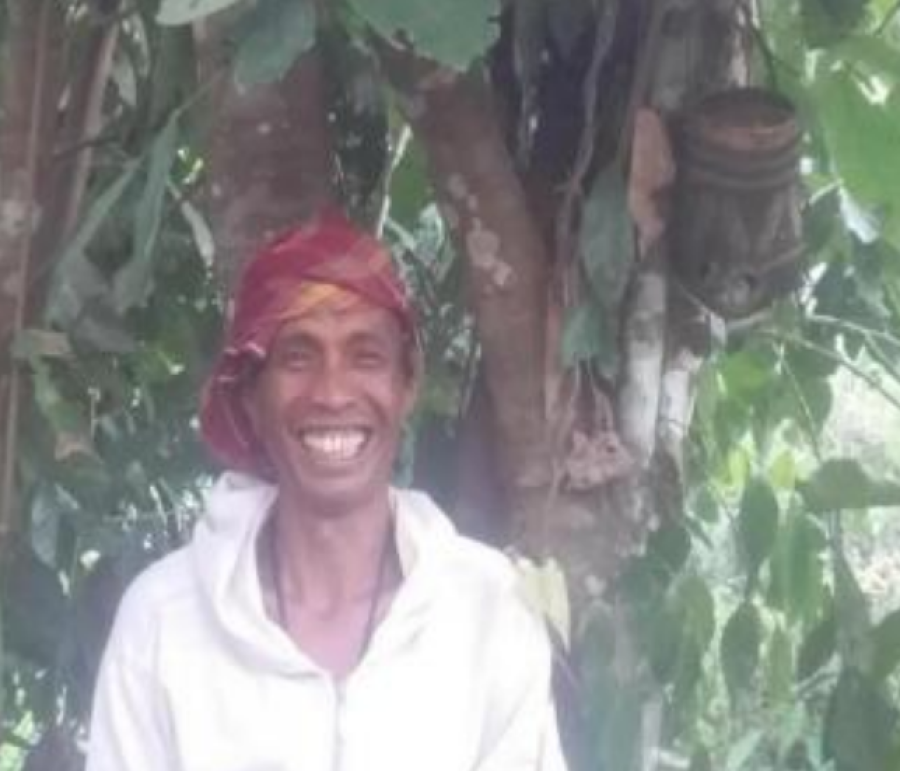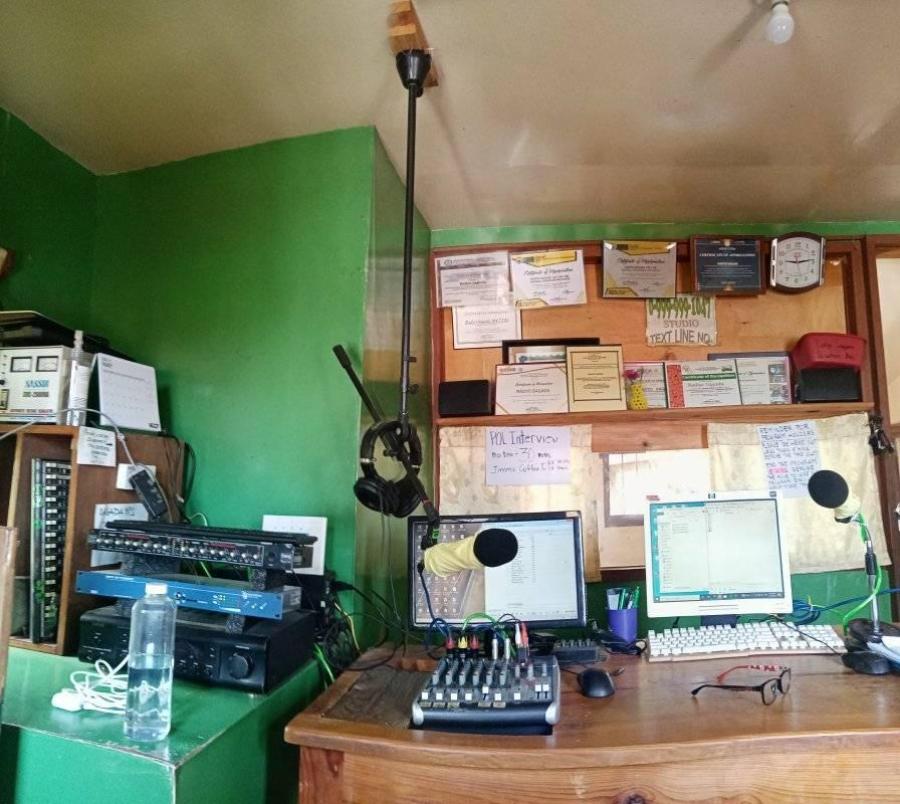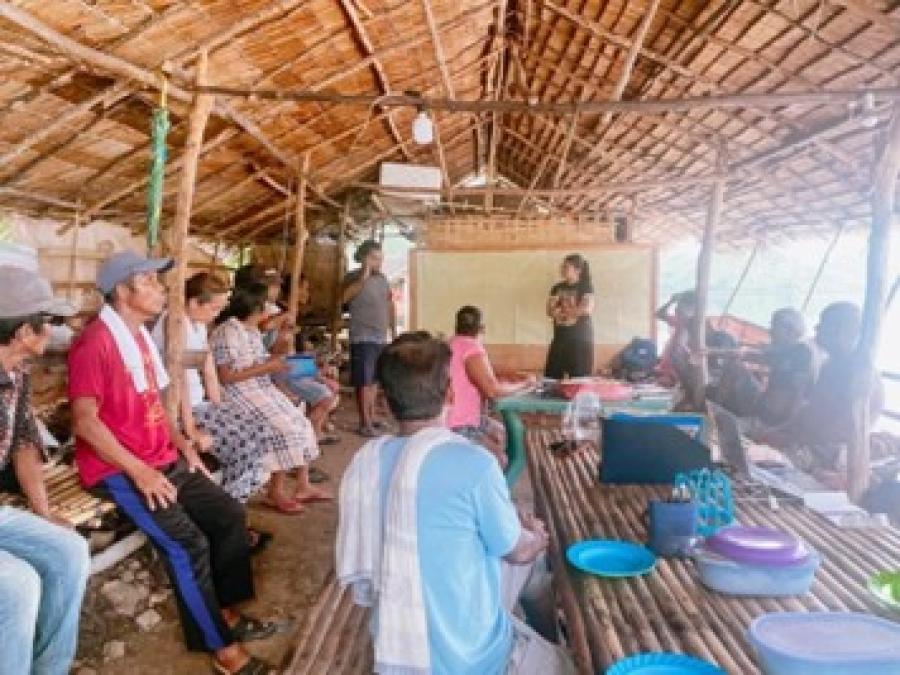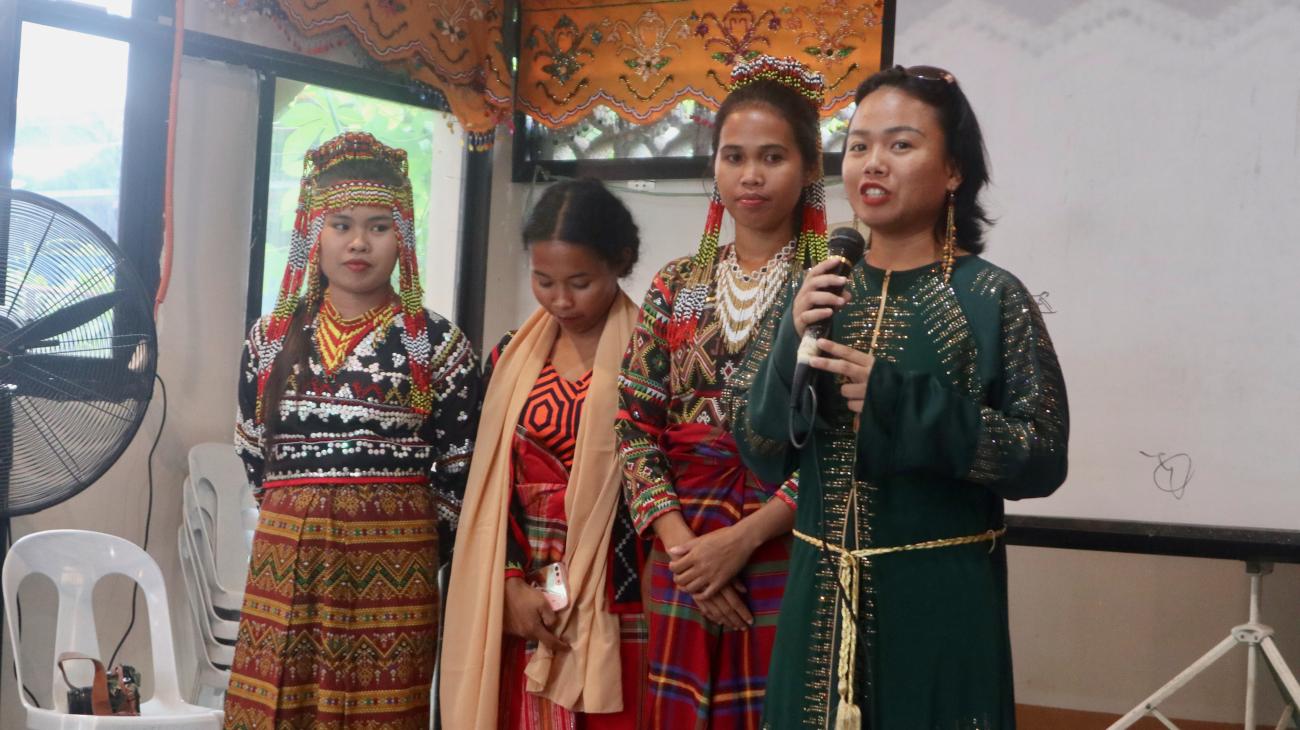
By Victoria Nolasco, Executive Director
In the face of a massive mining threat, a new generation of Indigenous youth in Mindanao is using citizen journalism as a powerful tool of resistance and cultural preservation. Through a project supported by Cultural Survival and led by Mindanao Climate Justice, young advocates are receiving the training and tools needed to tell their own stories and challenge dominant narratives about their communities.
The project, titled “Empowering Indigenous and Local Communities Through Citizen Journalism to Protect Against Tampakan Mining Exploitation,” directly addresses the threats posed by the Tampakan Copper-Gold Project, one of the largest proposed open-pit mines in Southeast Asia. The mine threatens to destroy over 27,000 hectares of ancestral land, displace thousands, and pollute vital river systems, including the Mal River. Despite local opposition and an open-pit mining ban in South Cotabato, the project has been revived with government and military backing.
The citizen journalism initiative provided a crucial platform for young people often silenced by mainstream media. A three-day training called Tingog: Citizen Journalism Training brought together 30 Indigenous and allied youth from various regions to learn mobile reporting, digital safety, and trauma-informed storytelling practices. For many, it was their first time engaging in such a space.
A Lumad youth participant from Bukidnon said, “At first, I was hesitant to write. But I realized our stories are worth telling. I want to use writing and photography to defend our community.” Another youth from Tampakan commented, “This is my first time joining this kind of workshop. I learned that we’re not just victims of mining—we’re people who resist. We have voices and stories to tell.”
The project's centerpiece was the three-day workshop held from May 21–23, 2025, which brought together 30 Indigenous and allied youth. The training was led by respected journalists and mentors, including Inday Espina-Varona, Froilan Gallardo, and Carol Arguillas. Their guidance proved invaluable. Inday Espina-Varona, a resource speaker, articulated the project's core philosophy: “It’s not about being the voice of the voiceless—it’s about proving they were never voiceless to begin with, just unheard.” Photojournalist Froilan Gallardo inspired participants by saying, “Each photo you take is a quiet message from the heart. It’s a way of saying, ‘This moment touched me, and I want the world to know.’”
This initiative also led to the formation of the Kinaiyahan Youth Network, an unplanned but powerful alliance of Indigenous and environmental youth advocates. The network aims to continue youth-led media production and advocacy.
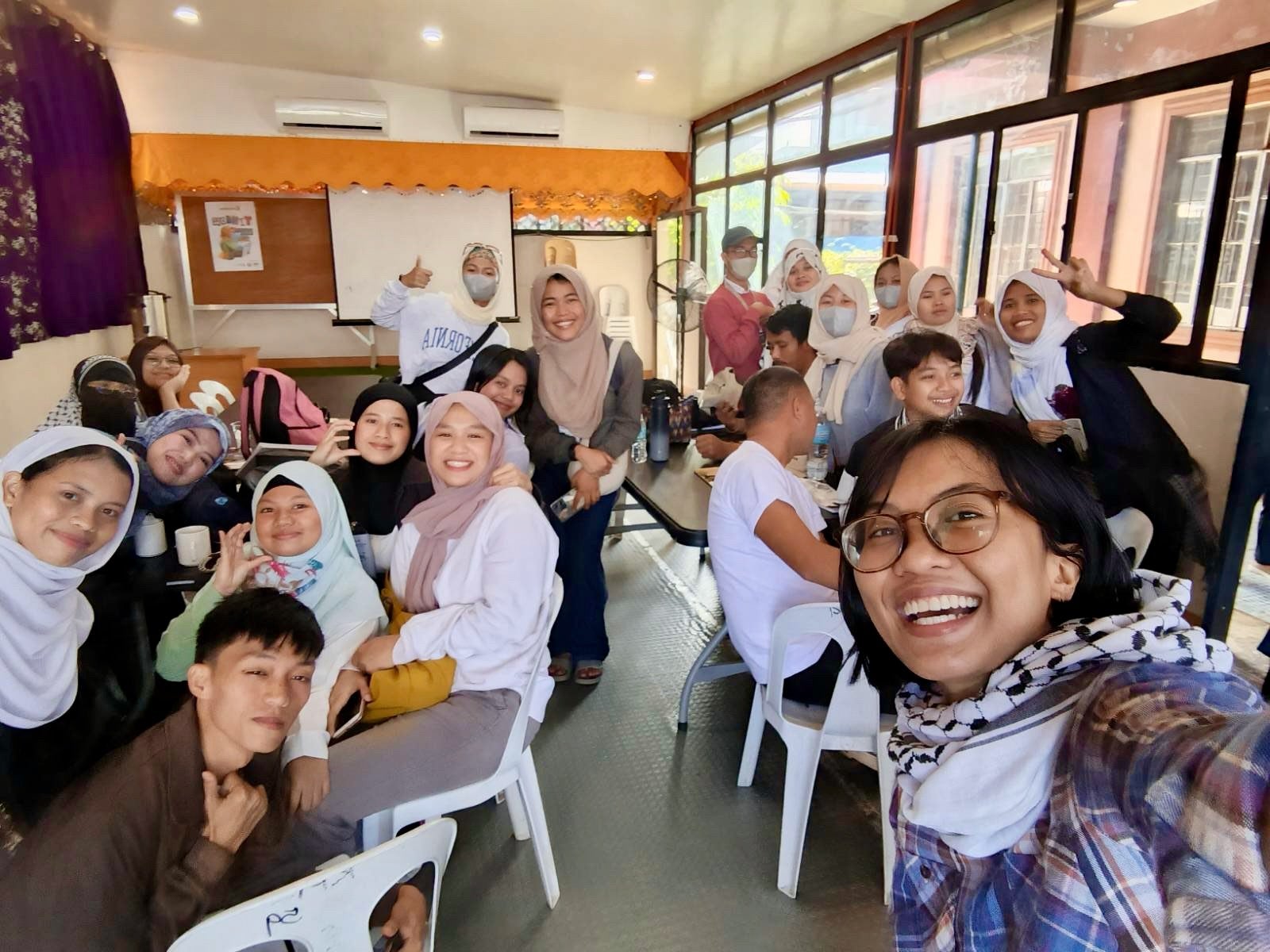
The project and its participants have faced significant risks, including the abduction of a volunteer staff member and the red-tagging of advocates like Angelika L. Moral. Yet, the resolve of the youth remains strong. A youth organizer of Indigenous youth from Mindanao Climate Justice underscored this resilience: “This is not just about journalism; it’s about building the courage to tell the truth, even when the world tries to silence us.”
As the project continues to evolve, it has reinforced a powerful truth: storytelling is not merely a media practice, but a political act of cultural defense and survival. A youth participant summed up the shift in narrative, saying: “Mindanao is us—our stories, our strength, our hope.”
Arguillas observed the power in the youth’s words, noting, “They have heart, truth, and clarity in their words. We don’t often hear from Indigenous youth in mainstream spaces, but they belong there.” Nur-Saleha Dadayan of MSU-Marawi highlighted the importance of language itself: “Language is powerful. It’s how we bring to life what cannot be seen. It’s how we record our history. It’s how we create reality through words,” she said.
In a time when threats to ancestral lands are escalating, the project has demonstrated that when stories are heard, resistance thrives. A participant's quote captures this sentiment: "Storytelling is our tool. It’s how we show people what we live through, and why we continue to fight."
In 2024, Mindanao Climate Justice Resource Facility received a grant from Cultural Survival’s Indigenous Community Fund, which provides opportunities for journalism, broadcasting, audio editing, technical skills, and more for community media from Indigenous communities around the world. In 2024, the Fund provided $480,000 in grants to 57 Indigenous communication projects benefiting Indigenous communities in 25 countries across the Americas, Africa, and Asia, including Argentina, Bangladesh, Bolivia, Botswana, Brazil, Chile, Ecuador, Colombia, the Democratic Republic of Congo, El Salvador, Guatemala, India, Kenya, Mexico, Nepal, Nigeria, Peru, the Philippines, Senegal, South Africa, Tanzania, the United States, Venezuela, and Zimbabwe.
